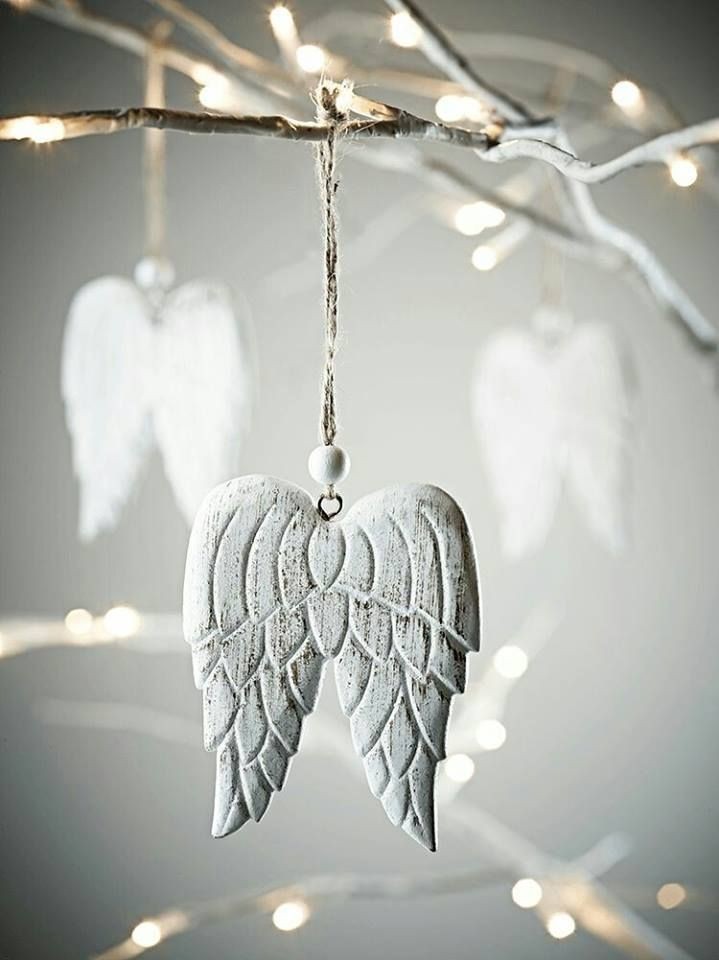"Objects in Question": Ritual Artifacts and Ancestral Markers as Expressions of Identity and Continuity...
- Koöko Fleurs
- May 30
- 3 min read
Updated: Jun 3

What defines an object? Is it simply a material creation, or does it carry layers of meaning beyond its physical form? At the heart of the exhibition "Objets en Question" at the Musée du Quai Branly - Jacques Chirac lies a challenge—redefining the way we perceive cultural artifacts, not as static museum pieces but as active vessels of identity, memory, and transformation.
During my visit, I captured images of ritual artifacts that serve as ancestral markers, protective symbols, and expressions of selfhood. These objects transcend their material existence to become bridges between generations, between the living and the departed, between the seen and the unseen.
Throughout history, artistic expression has functioned as more than mere decoration—it is a means of healing, remembrance, and identity formation. Whether through masks, funerary poles, ceremonial shields, or other ritual objects, art speaks to deeper truths, carrying cultural narratives that unfold through time.
Within the exhibition space, these objects invite reflection on their original purpose. Many were crafted for spiritual protection, guidance, and transition, serving communities in ways that extend far beyond aesthetic appreciation. In this sense, art becomes inseparable from the rituals and identities it safeguards.

Masks, sculptures, and ceremonial tools have long been embedded in traditions of concealment, transformation, and revelation. Some shield individuals from spiritual forces, others help embody ancestral spirits, and many serve as markers of passage between life and death.
One of my photographs captures the imposing presence of funerary poles, towering structures meant to honor the deceased and preserve their memory within the community. The intricate carvings tell stories of lineage, protection, and spiritual transition—reminding us that objects are not passive, but active participants in cultural continuity.
Through my lens, I sought to capture the dialogue between artifact and observer. Photographing these objects in their exhibition setting transforms them into subjects of contemplation, allowing us to engage with them in new ways—questioning their origins, their meanings, and their continuing relevance.
The exposition highlight themes of identity, transformation, protection, and ancestral continuity, illustrating the ways in which ritual artifacts serve as more than artistic creations. They hold cultural significance, embodying the emotions, histories, and beliefs of the people who crafted them.

"Objets en Question" prompts us to reconsider the narratives we attach to cultural artifacts. Rather than seeing them as relics of the past, we recognize their living presence within communities, their ability to communicate, heal, and transform.
Art is more than creation—it is an extension of identity, a tool for protection, and a bridge between generations. Whether through sculpted figures, woven masks, or towering ancestral poles, ritual objects carry stories that remain unfinished, continuously reinterpreted through time, culture, and the gaze of those who seek to understand them.
"Objets en Question" at the Musée du Quai Branly - Jacques Chirac is an unmissable experience.
This collection invites viewers to reflect on how cultural artifacts transcend their material form to become symbols of identity, memory, and transformation. How do artistic traditions shape identity and continuity?

Beyond its ethnographic insights, the exhibition is an opportunity to engage with visual storytelling through sculpture, textiles, and ceremonial works. Whether you approach it from an artistic, anthropological, or personal perspective, the experience will leave you contemplating the powerful role of objects in human expression.
Visit the museum and let these artifacts spark curiosity, connection, and new ways of seeing the world!
Inspired by the young artist I saw, who drew her own mask, here’s an exercise to explore self-identity and protection through artistic creation:
Design Your Own Symbol of Identity!
Gather materials: Use whatever feels intuitive—paper and pencil, digital tools, or even a sculpting medium.
Reflect on personal themes: What aspects of yourself do you wish to explore, protect, or reveal?
Create a symbolic design: This could be a mask, an emblem, or even abstract patterns that represent emotions or memories.
Analyze your creation: After finishing, ask yourself—what does this piece express? How does it make you feel?
Optional: you're comfortable, present it to others and discuss the meanings behind your choices.
Like the objects in "Objets en Question," your artwork can become a mirror of identity, reflecting both personal and cultural narratives. Allow yourself to create freely, and see where the journey takes you.









































Comments